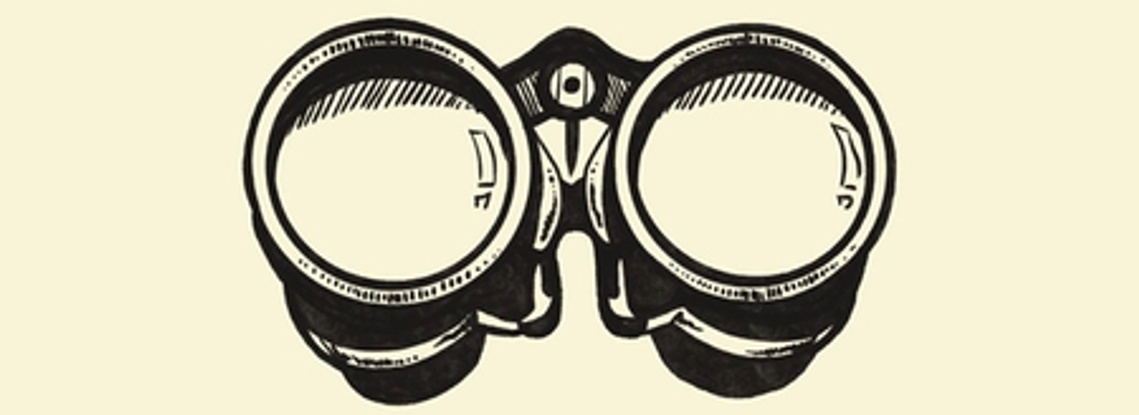THE SCENE Singer Lala Sadii, who has five million subscribers on YouTube, wanted to connect with fans in other countries by creating short, karaoke-like lyric videos for her song, Murder my feelings. Creating lyric videos in English and translating a song’s verses into other languages are fairly simple. The tricky part is lining up the translated words so it’s in sync with the music — a crucial detail for lyric videos. Sadii’s record label, Downtown Artist & Label Services, turned to a company called AudioShake, which uses AI to separate vocals from background music and timestamp the song so that lyrics from 40 languages can be automatically slotted in the correct spot.  Downtown Artist & Label Services Downtown Artist & Label ServicesSingers and other creators are starting to dip their toes into artificial intelligence-powered translation tools, opening up content to new audiences that speak other languages. Tools like Google translate have been improving for years, but more recent advances in generative AI and other technologies have supercharged the field of language translation, allowing companies to capture cultural nuances, tone and timing in ways that weren’t possible even a year ago. Audiences are “begging for more languages,” said Channing Mitzell, project manager for Downtown Artist. “It helps them feel more at home, more connected to the song, connected to the artist.” Read how AI is turning dubbing into a money-making venture. → |
| 






